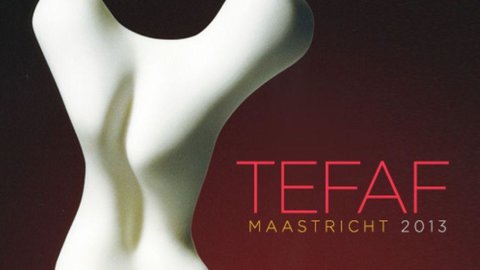67 million paying visitors to Italian museums and archaeological areas in 2017. A leap forward of over 7% compared to 2015 with structures and sites that grow in sustainability. Istat certifies it with its report 'Museums, archaeological areas and monuments in Italy'.
The numbers, also for the turnover linked to visits and tour operators, are of great interest.
More than half of the public crowds, however, only three Regions: Lazio (25,4%), Tuscany (18,2%) and Campania (10,2%). The disaggregated data speak of 57,8 million museum visitors, 15,5 million for archaeological areas and 45,8 million for monuments. The averages are different for the three Regions we were talking about. Lazio has the record with over 87 visitors per site, Campania with 63 and Tuscany with just over 44. Things are less good in Abruzzo, Molise and Marche which do not exceed the average threshold of 6 visitors per year.
Italians and foreigners , in short, they run far and wide among our beauties that anyway they continue to need of maintenance, restorations , greater protection . With scarce public funds. The average flow of visitors is close to 27 entries for each institute, although the territorial differences are considerable. The Regions with the highest number of museums are Tuscany (528), Emilia-Romagna (482), Lombardy (409), Piedmont (398) and Lazio (364). However, the South has more than half of the archaeological areas (50,8%). Furthermore, almost two out of three museums in the North organize educational and didactic activities.
The photograph of Istat also relates to the Municipalities. Un Municipality out of three hosts at least one museum or similar institute. In this regard, the researchers cite the cases of Valle d'Aosta, Tuscany and Umbria. Basically, they are those that around the areas that attract tourists have also been able to create qualified environmental, sustainability and mobility conditions. In the Alpine Region, the share of municipalities that have structures that can be visited reaches 70%. In Tuscany it reaches 66,8% and in Umbria 67,4%. Vice versa in the other Regions, the beauties are concentrated mainly in a few municipalities: in Lombardy the heritage is concentrated in 15,5% of the Municipalities, in Piedmont in 20,5%, in Campania in 21,1%, in Molise in 21,3 % and in Basilicata in 21,4%. A useful report to think of doing even better for the benefit of those who appreciate our artistic heritage. ***





